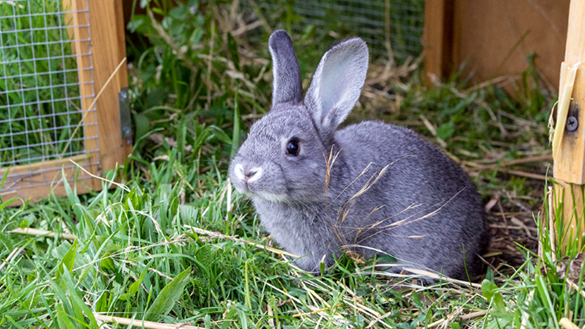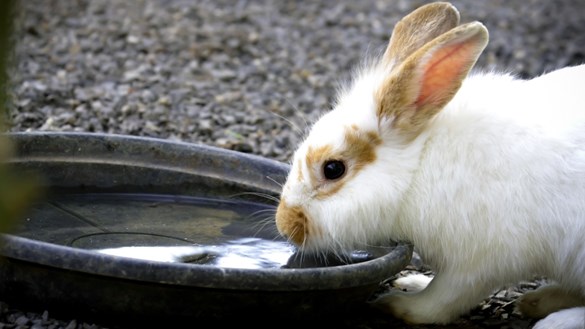Flystrike In Rabbits
How to spot the infection and how to prevent it
Flystrike in rabbits is particularly common during warm weather and can prove fatal. Read more about how you can spot the signs and what you can do to prevent it. It’s important to stay vigilant and protect your rabbit this summer.
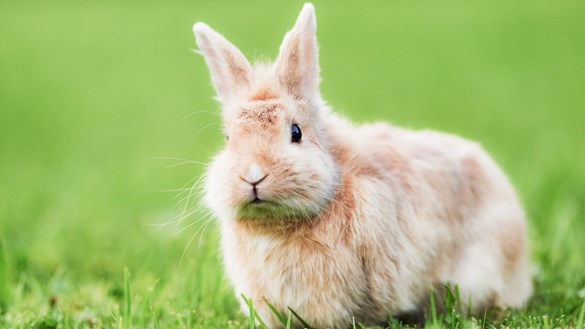
What is flystrike?
Flystrike (also known as myasis) is a serious condition in rabbits caused by flies laying eggs on their body.
These eggs hatch out into maggots that feed on your rabbit. Sadly, flystrike is often fatal within 24 hours.
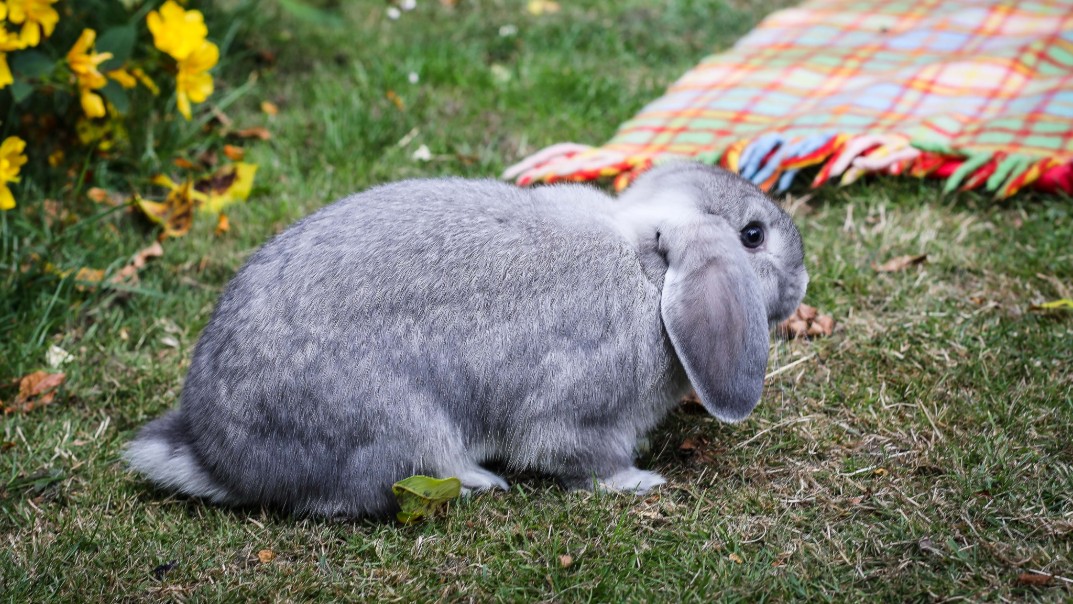
Bluebottle and greenbottle flies are the most dangerous; each fly can lay up to 200 eggs, usually on the rabbit’s rear, which hatch within hours.
The bottom, tail, belly and back usually the worst affected.
What causes flystrike?
Flies are attracted to warm, damp areas that are soiled with faeces and urine, usually around a rabbit’s bottom.
Although any healthy rabbit can develop flystrike, there are factors that increase the risk:
- Warm weather: the fly population increases over summer, although it’s important to remember that flystrike can occur at any time of the year
- Poor diet: this increases the production of soft faeces called caecotrophs, which can easily become stuck to the rabbit’s fur
- Elderly, obese or arthritic rabbits: can struggle to clean themselves properly, particularly their rear, which can result in a build-up of faeces and urine
- Long-haired breeds: breeds such as angora rabbits are much more prone to picking up dirt and faeces, and equally difficult to keep clean
- Dental problems: rabbits with painful dental issues are often reluctant to clean themselves thoroughly
- Open wounds: the scent of blood from an open wound can attract flies
- Poor living conditions: dirty hutches can attract flies, which puts the rabbit living inside it at risk
- Females with large dewlaps or skin folds around their abdomen: these can make it difficult for the rabbit to clean and groom themselves
The symptoms of flystrike
The most important way to spot flystrike is by regularly checking their fur for signs of eggs or maggots. However, some rabbits can show symptoms through their behaviour.
Early signs of flystrike in rabbits
Behavioural changes in a rabbit that could indicate flystrike:
- Reduced appetite
- Digging into a corner
- Being quiet/lethargic
- Not wanting to move
You may also notice a strong smell coming from the environment.
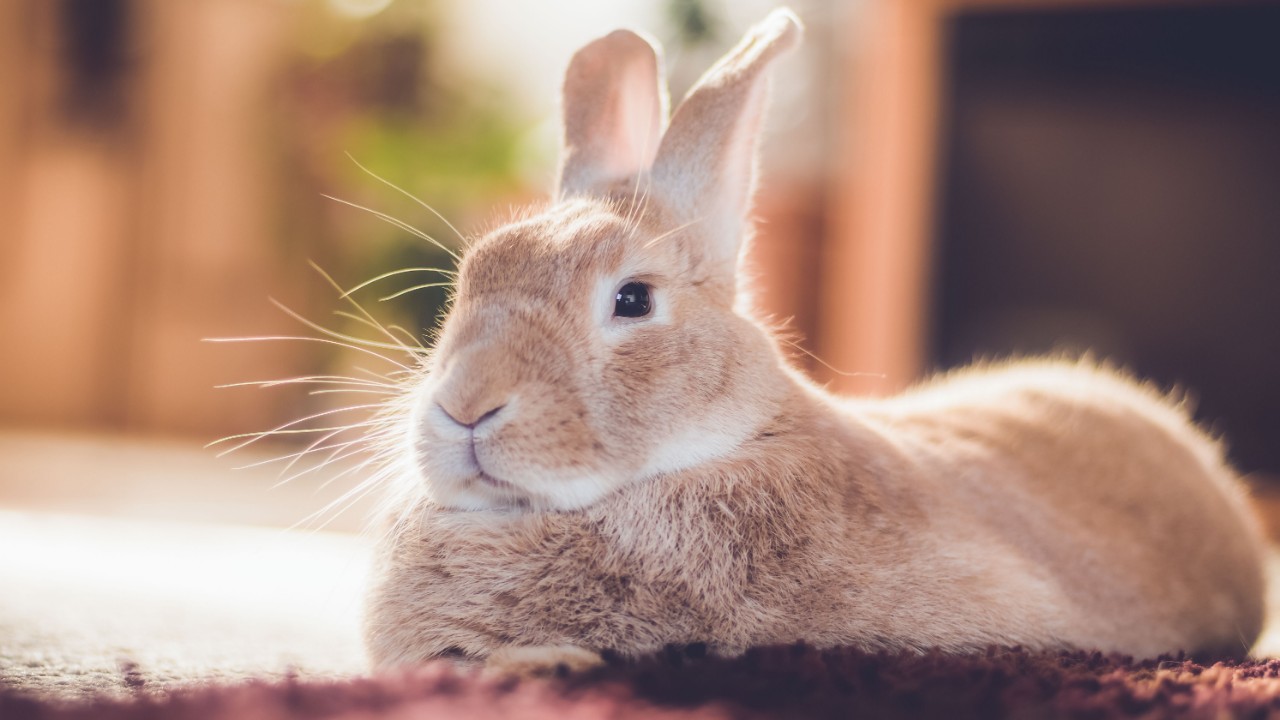
How to treat flystrike in rabbits
If you spot maggots or eggs on your rabbit’s fur, contact your vet immediately to arrange emergency treatment. Don’t dunk your rabbit in water. It’s important to handle them with care as flyblown rabbits are usually in pain and can in some cases be very unwell and weak, which wetting will only make worse.
The vet will carry out a thorough examination and discuss treatment options with the family based on the findings or severity. The rabbit will need careful monitoring after their treatment and will generally be prescribed a course of antibiotics to prevent secondary infections. They may also be given painkillers or anti-inflammatory medication.
If treated early, rabbits can make a full recovery from the condition. Unfortunately, advanced or severe cases of flystrike can be fatal.
Preventing flystrike
Prevention is essential to keep your rabbits safe from flystrike. Check them over every day, with special attention around their bottom and tail. This should be increased to at least twice a day in summer. Speak to your vet for advice about keeping your rabbit clean of urine and faeces.
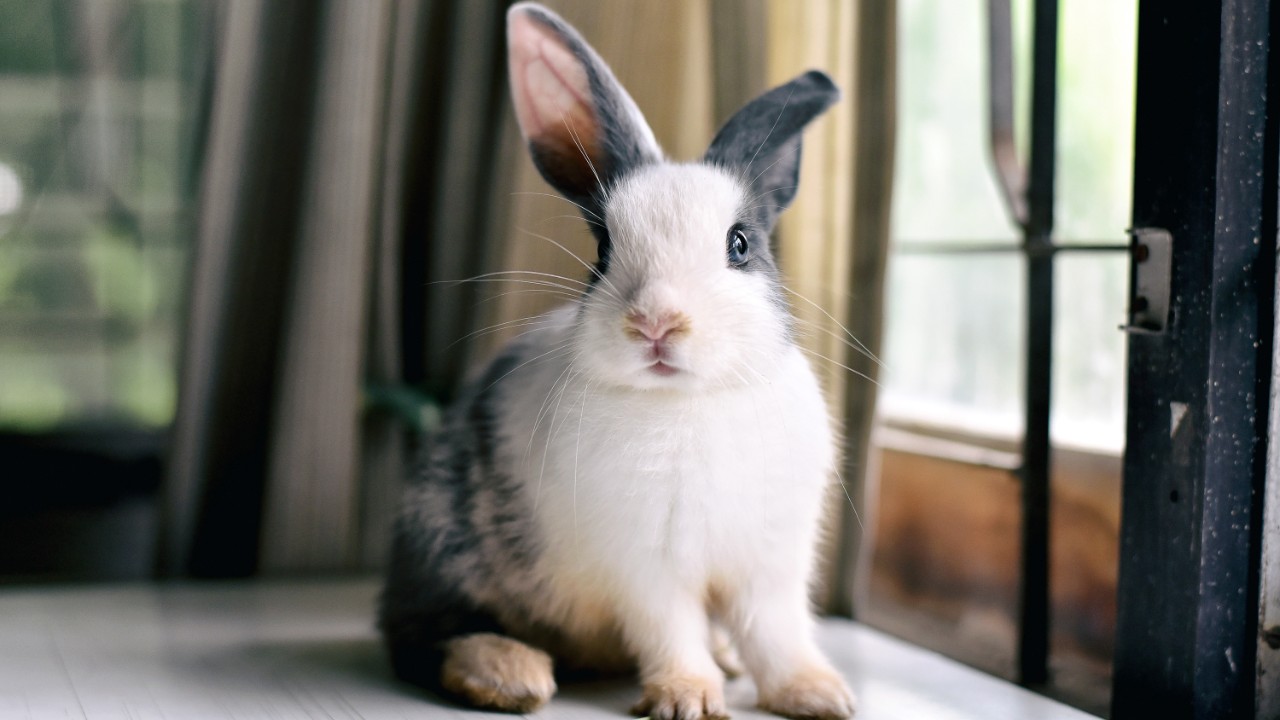
Keeping their environment clean with fresh bedding will also help keep flies away. Bedding and litter should be refreshed every day, with a thorough clean out at least fortnightly. Don’t forget to use pet-friendly disinfectant every time you clean out to kill bacteria.
Make sure your rabbit’s diet is primarily hay-based, with a small portion of fresh vegetables and an even smaller amount of high-quality pellets (a ratio of 80-15-5). This will keep their weight in check and ensure they don’t produce an excessive amount of caecotrophs (although it is normal for your rabbit to produce some, as eating them is an essential part of their digestive system).
Keep an eye out for sores or open wounds and ensure they’re kept clean and dry. If your pet is elderly, arthritic or has large skin folds, take extra care to ensure their body is clean and dry to reduce the risk of infection. For long-haired breeds, carefully trim away excess fur around the tail and bottom in summer months to prevent a build-up of urine and faeces.
There are products available to protect rabbits that are at a higher risk of flystrike. These include spot-on formulas and sprays that prevent fly eggs from developing. Speak to your vet for advice that’s tailored to your pet.

Our Pet Care Advice
At Medivet, we’re committed to providing trustworthy, expert advice that helps you care for your pet. Don't miss our latest advice for keeping your pets happy and healthy.
Search advice

Medivet Healthcare Plan
On average our clients save an average of £225 with the Medivet Healthcare Plan.
Learn more


